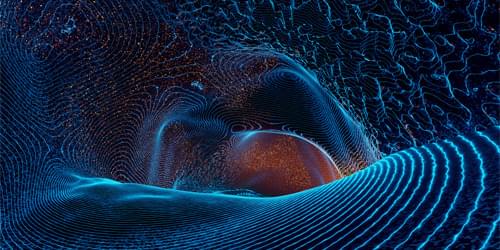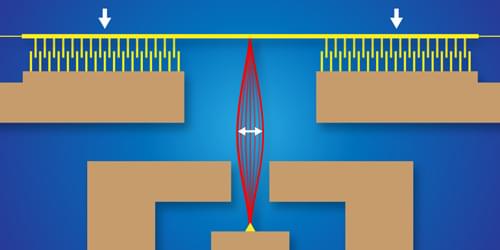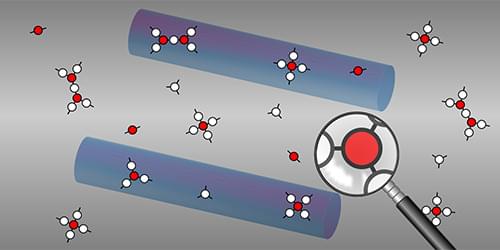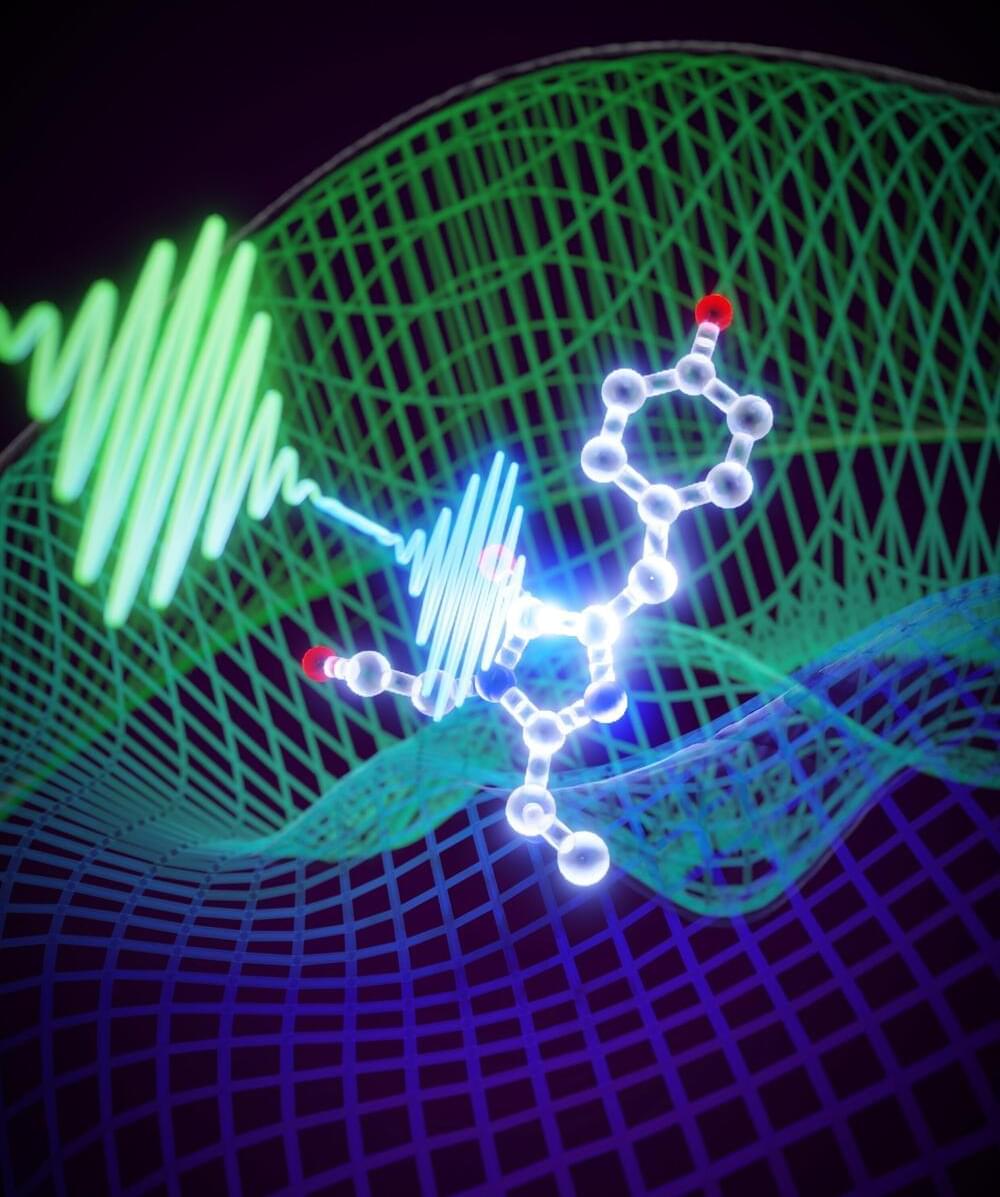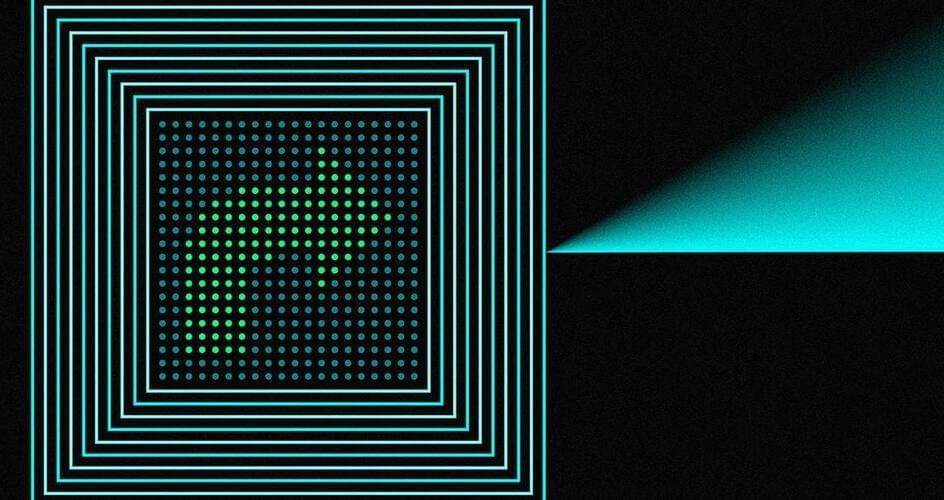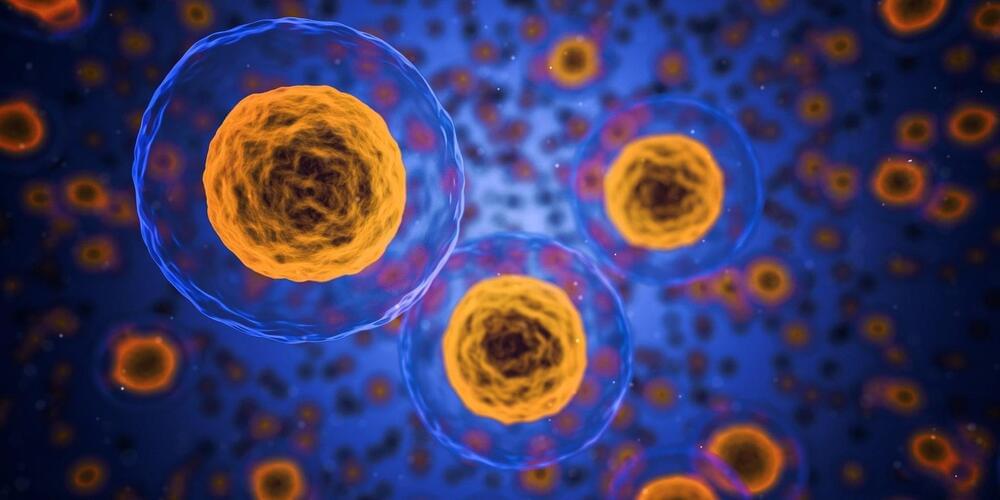Aug 20, 2023
Opinion: Seeking Symmetry Among Physicists
Posted by Dan Breeden in categories: ethics, physics
Those looking to make their academic departments more diverse, equitable, and inclusive can learn from previous wins and setbacks.
Achieving equity, diversity, and inclusion is a popular mantra—but is it important for the future of physics? A resounding yes to that question appeared several years ago in a public letter from more than 2000 physicists. The letter was a response to US Supreme Court Chief Justice John Roberts, who, in a high-profile affirmative action case, questioned whether minority students would bring a unique perspective to physics. But what are the arguments for increasing diversity and inclusion? Some are practical: The change would make more talent available to our profession. Diverse teams of people also perform better than homogeneous ones. Another argument is moral: to have bias, discriminate, or exclude African Americans and other people of color, women, people with disabilities, or sexual and gender minorities is incompatible with basic human rights.

